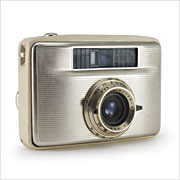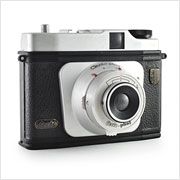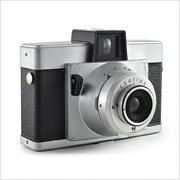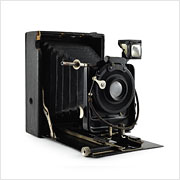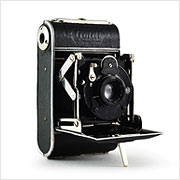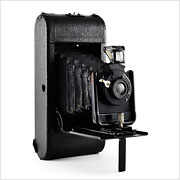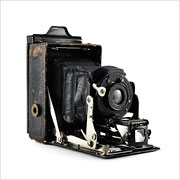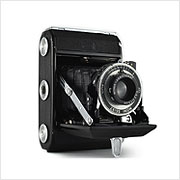Welta Penti II
The Welta Penti II is a flamboyantly styled 35mm half-frame camera originally manufactured by Welta in the German town of Freital and, after the company became part of Pentacon, in their factory in the nearby city of Dresden. Confusingly, the Penti II has a cheaper, near-identical twin called the Penti I (with the only difference being the absence of the II’s selenium light meter) and both of them are successors to the original Welta Penti (which, to avoid confusion, may also referred to as the “Penti 0”). Like its siblings, the Penti II is designed for Agfa‘s Karat film cartridge as opposed to conventional 35mm film and also comes in a variety of colors including cream, teal, and maroon. As its glitzy appearance may suggest, these cameras were marketed primarily towards women with promotional materials depicting the shimmering Penti II alongside a set of jewelry and a pocketbook.

